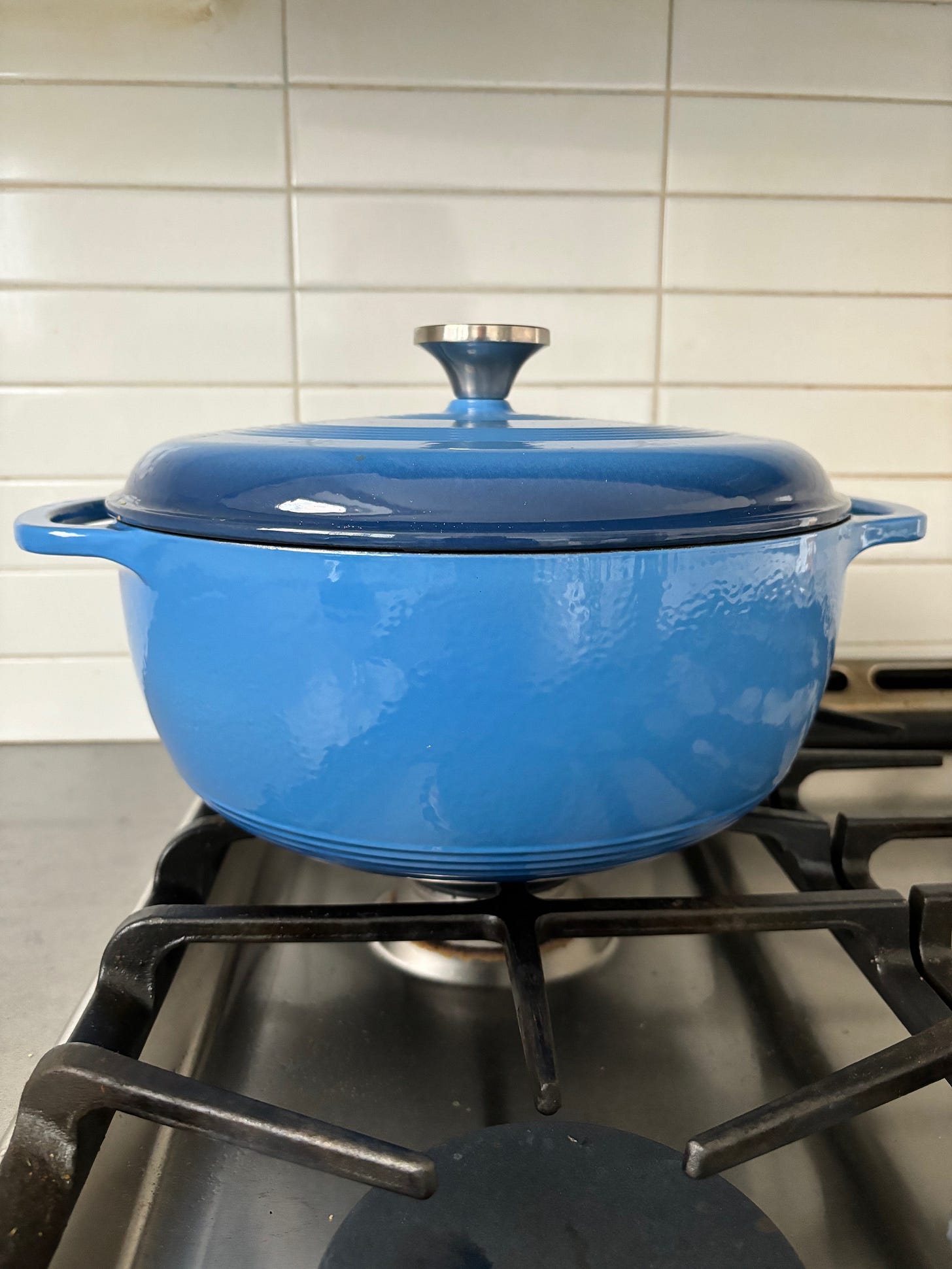I’ve been wanting to buy a new sofa for a while but I can’t decide on a color. I’d like something bright and cheerful—maybe a bold green or eye-popping orange. But do I dare? The most popular color for a sofa in America is gray, which is neutral and fits into any décor. Nobody will criticize you for a gray sofa. On the other hand, I never feel buoyant on a gray day.
In her terrific book Joyful, designer Ingrid Fetell Lee describes how color and other aspects of our environment affect our mood. She describes having once been a chromophobe—someone so afraid of color “that the entire spectrum of my apartment fell between white and cream.” She’s not alone—her white-out is de rigeur at fancy homes around the country (and not just in Palm Beach).
I’ve had my share of off-white sofas, so I understand the temptation to view neutrals as sophisticated and elegant. Lee considers it a cultural bias that shows how much our society embraces self-restraint and distrusts joy. Put that way, white and gray don’t sound quite so elegant.
Our bodies are always sending messages to our minds, and when you see a bright color or step into sunlight, your brain gets the information that something good is going on. Evolutionary biologists say this might be a leftover response from our foraging days, when color often signaled a ripe fruit or source of food.
A team of researchers led by Eva Specker at the University of Vienna did a study on the connection between brightness and positivity. They found that the association is “strong, automatic, and universal”—which really is about as definitive as researchers ever get. Bright colors like white or pink stimulate positive emotions and dark colors (black or brown) conjure negative emotions.
Saturated colors—those that are bright and without a lot of gray in them—increase our energy and attention. I laughed when I read Lee’s description of beige as “a desaturated yellow—a yellow with all the joy sucked out of it.” Most of the fabric samples I’ve collected for my would-be sofa—including the blues and greens—are stunningly dull. That, too, is part of our cultural bias. Decorators tamp down even the happiest hues by adding gray. Without realizing it, we surround ourselves with colors guaranteed to neutralize any joyful feelings.
You’ll feel happier in an environment that has brightness and spirit. One young woman I know painted the insides of her white bookshelves a beautiful shade of green. I didn’t understand the effort until I realized that the color makes me smile every time I visit.
If you have white walls, bright throw pillows can update your gray sofa and maybe help your sense of positivity. In a bedroom, add a color-saturated blanket to warm the whole space and lift your mood. I recently painted my living room a shade of white with enough yellow in it to feel sunny. Or maybe it’s the paint color’s name that makes me happy—vanilla ice cream.
I’m probably not going to buy an orange sofa. But we need to add joy wherever we can.
Reasons to be Happy
I spent a few days on gorgeous Guana Island last week, the place that first got me thinking about mind-body connections. Why is it that just being there makes me happy? When I started researching What Your Body Knows About Happiness (coming out January 2025), I discovered that sunshine makes us more joyous and people improve their well-being by being near water. Studies shows that spending even a short amount of time outdoors can change your overall sense of well-being.
The amazing owners of Guana have preserved the island in a gloriously natural state and made it one of the most biodiverse places on earth. Guana is hard to duplicate, but you can put your body in places that will send messages of happiness and contentment. Spend some time at the local park, nearby lake or hiking trail and see what happens.
Takeaway—Outdoor scenes can change your mood immediately
My general style is minimalist and my kitchen counters stay clear. But when one of my children gave me this Dutch oven for my birthday, I couldn’t imagine putting it away. The pop of color improved the whole feel of the kitchen. Ingrid Fetell Lee says that color is energy made visible, and it’s amazing how your body senses something special going on. Sometimes we don’t have to decide to be happy—we can let our surroundings send the message.
Takeaway—Bright colors aren’t just for children!
Thanks for being part of this newsletter, and I hope you’ll share it with friends. Subscribe with the button below—it’s completely free!






I think that risk taking makes you happy as you get older- a dash of color- and light
Love this, let the sun shine in.